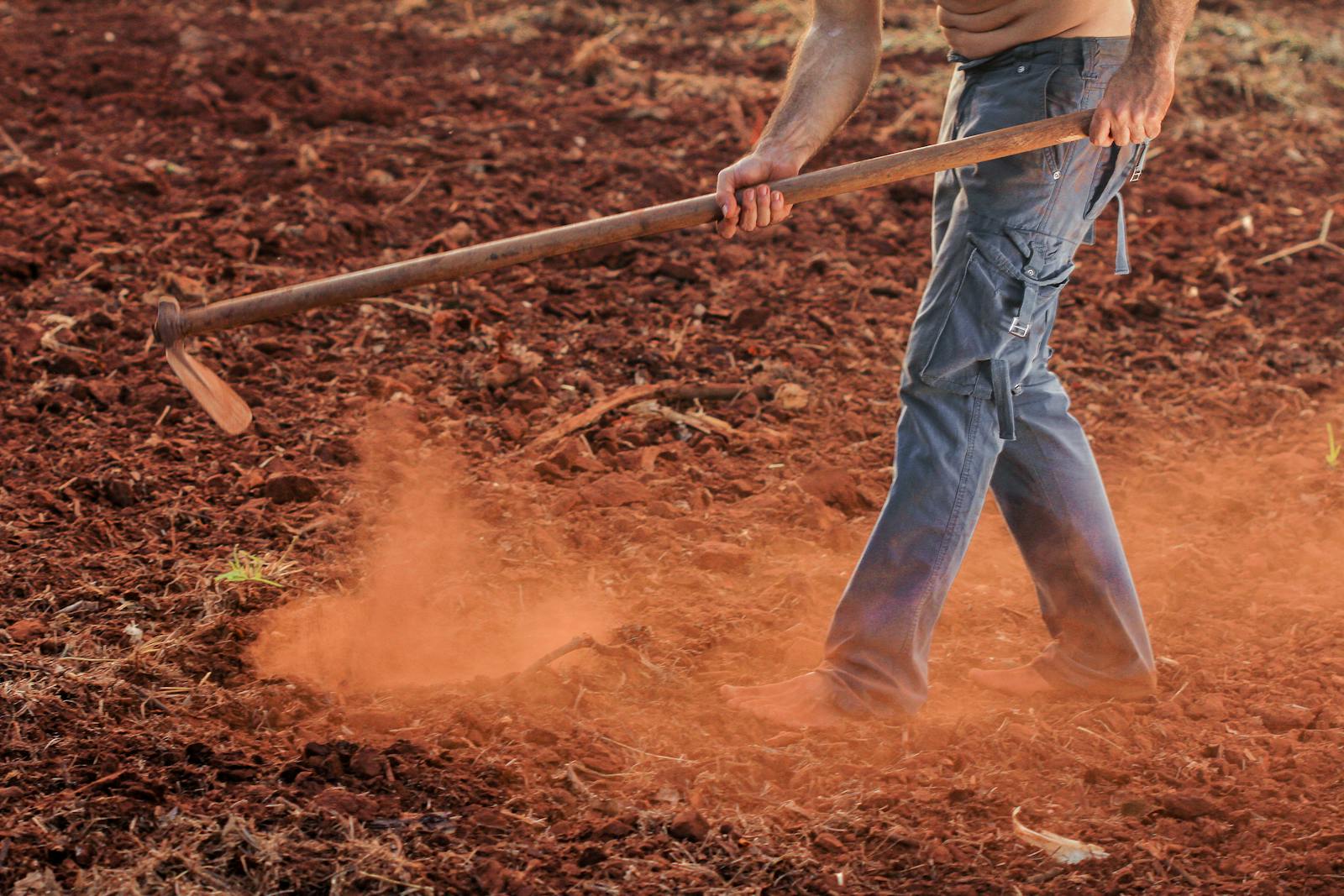Earth's soil contains a hidden asset that could play a vital role in mitigating climate change - large stocks of carbon, even more than what exists in the atmosphere. A significant portion of this carbon is in the form of soil organic carbon (SOC), which has been historically depleted by agricultural activities, releasing carbon dioxide into the atmosphere and contributing to global warming.
To effectively monitor and manage SOC stocks under agricultural land use, a precise method of measuring SOC is crucial. However, current estimation methods are both resource-intensive and costly. In a pioneering study published in Geoderma, researchers from the Agroecosystem Sustainability Center (ASC) sought to improve the accuracy of SOC stock estimation through a new sampling method.
Earlier research by the team hinted at the potential of readily available spatial information in public databases to enhance the efficiency of SOC sampling in agricultural fields. The team, led by Eric Potash, a Research Scientist in the Department of Natural Resource & Environmental Sciences (NRES) at the University of Illinois Urbana-Champaign, put this hypothesis to the test in eight fields across Illinois and Nebraska.
The variability of SOC poses a challenge for measurement; the carbon stock at different locations just a few feet apart can differ significantly. As a result, numerous locations must be sampled to estimate the total SOC stock, requiring extensive lab and fieldwork.
Potash explained, "Past studies proposed ways of reducing the number of samples needed, but it was unknown just how much more efficient those methods were. We put those methods to the test using a new high-quality dataset our research team put together."
The team discovered that SOC stocks in agricultural fields can be more efficiently measured using a technique called doubly balanced sampling. This method takes into account auxiliary information from elevation maps, satellite images, and previous surveys to select locations that represent the field more accurately. Doubly balanced sampling is a modern strategy that improves upon the classic method of stratified sampling.
Kaiyu Guan, Founding Director of ASC, NRES Associate Professor, and project lead, stated, "Quantifying soil carbon stock through soil sampling is a hard and expensive task, but our approach was found to reduce the number of soil samples needed by a very promising 30 percent. We believe this is a significant advancement for improving soil sampling efficiency and should be promoted in future practices by carbon project developers or researchers."
The success of this research is made possible by the collection of unique, high-resolution soil samples from various projects.
"I am glad that our hard work and collected soil sampling data enables the development of this approach," said DoKyoung Lee, a coauthor and Professor of Crop Sciences at the U of I.
To foster collaboration and further the understanding of SOC, the team has made its methods and data publicly available.
"I am especially excited that we are publicly sharing the data for this study," Potash expressed. "I hope that this will foster increased collaboration to accelerate progress on soil carbon research."
Apart from Potash, Guan, and Lee, the publication includes contributions from other esteemed researchers like Andrew Margenot, Arvid Boe, Michael Douglass, Emily Heaton, Chunhwa Jang, Virginia Jin, Nan Li, Rob Mitchell, Nictor Namoi, Marty Schmer, Sheng Wang, and Colleen Zumpf.
This breakthrough in soil carbon measurement has the potential to revolutionize the fight against climate change. With increased efficiency and accuracy, researchers can now better understand and manage SOC stocks, paving the way for a more sustainable and greener future. The implications of this study could extend beyond agricultural fields, as a healthier soil ecosystem can play a critical role in reducing greenhouse gas emissions and securing a sustainable planet for generations to come.

